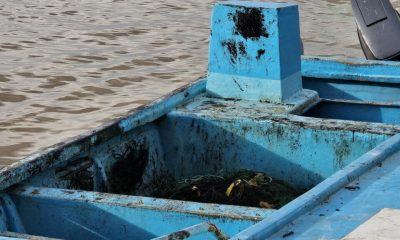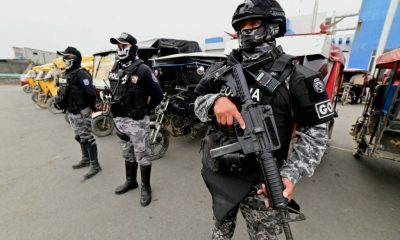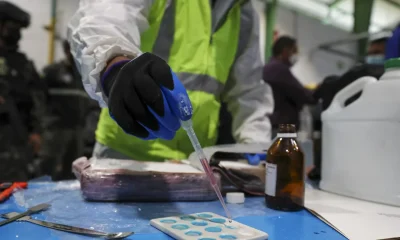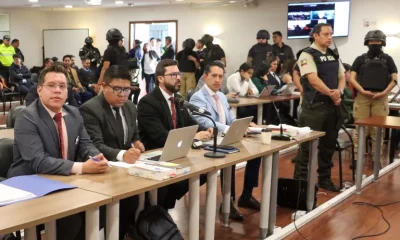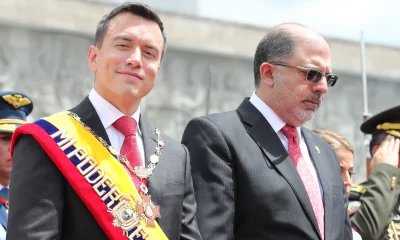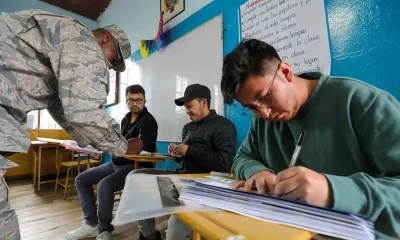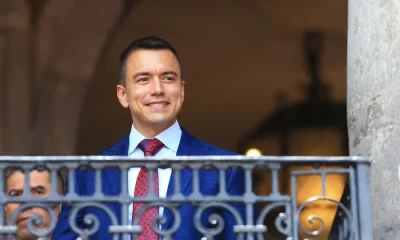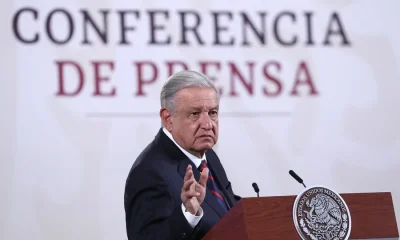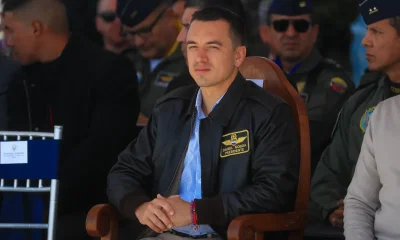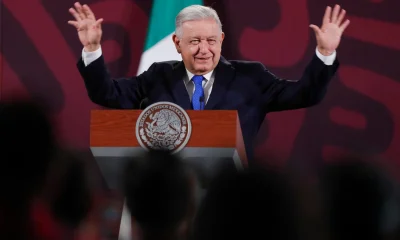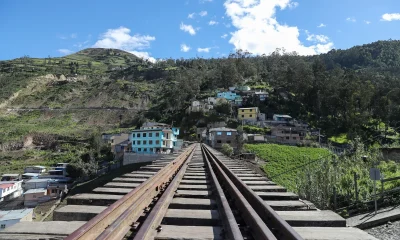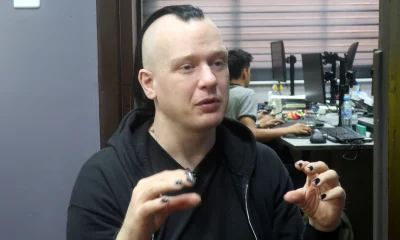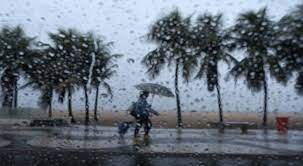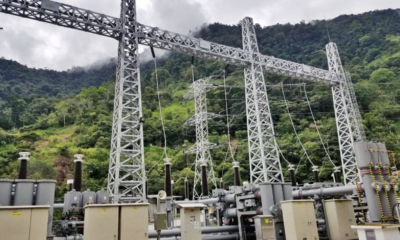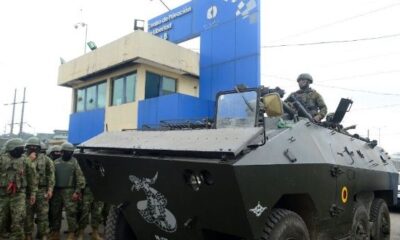International
Indigenous people in Ecuador reject oil extraction in Yasuni
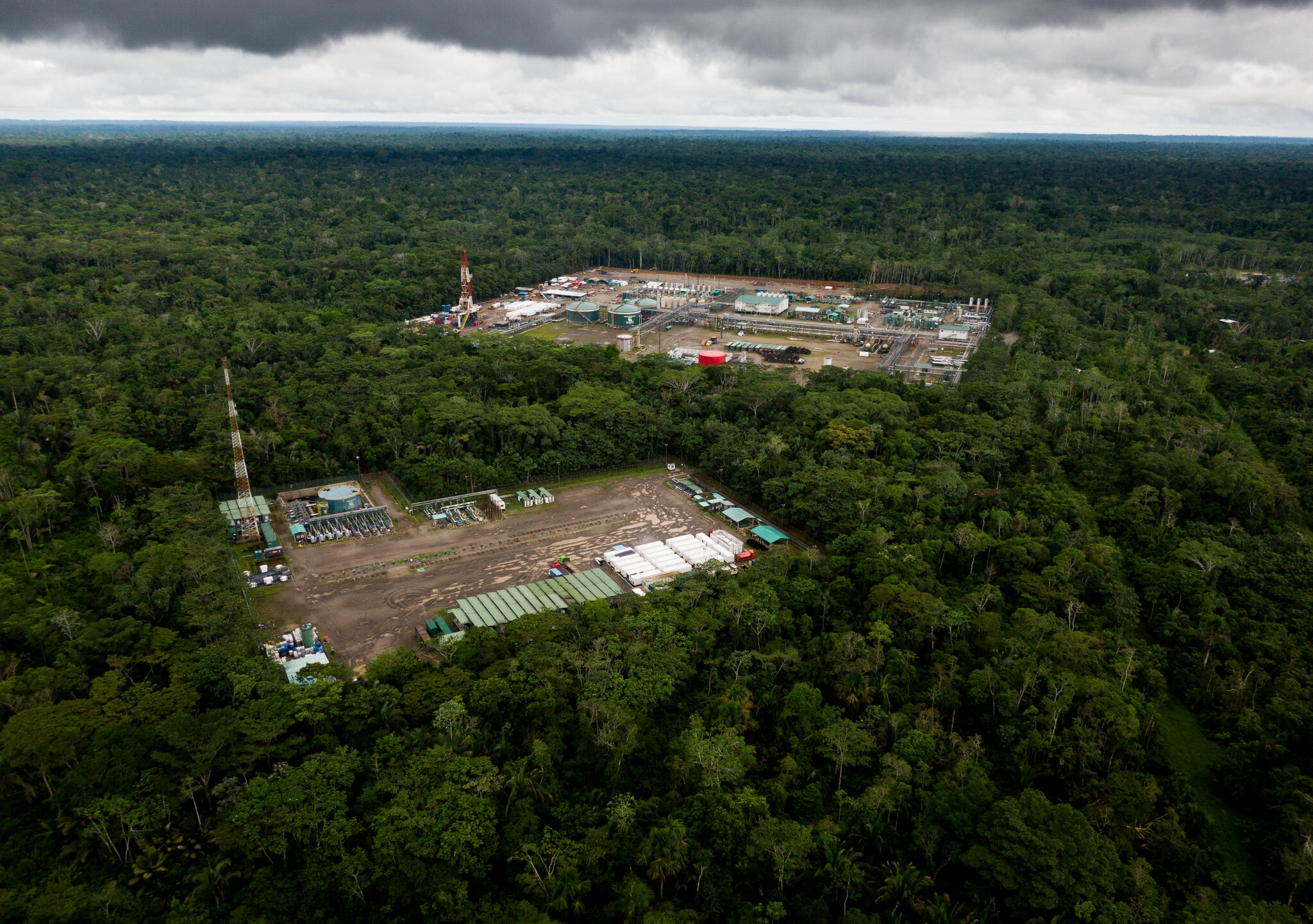
June 23 |
In the context of the Pan-Amazonian Conference held in the Brazilian city of Belen, indigenous leaders urged the unity of all native communities in Ecuador to prohibit oil extraction in areas of the Yasuni National Park (northeast), while the popular consultation that will decide on the matter, scheduled for August 20, is approaching.
The president of the Waorani Nation of Ecuador (Nawe), Juan Bay, said in statements to the press that “it is worrying the bad habit of the oil industry to divide (the communities) by giving a crumb of resources without understanding what is being taken (…) That is why we are calling for unity”.
Bay asserted that they have not received benefits in health, development or education since the arrival of oil extractions in 2016 to the vicinity of Yasuní, a banner of Amazonian biodiversity and land of peoples in voluntary isolation.
Likewise, the indigenous leader condemned the reduction of the territory of the Tagaeri, Taromenane, Waorani and Kichwa peoples, which will provoke a “slaughter” and “confrontations” for the control of the area.
For her part, the leader of Women and Health of the Confederation of Indigenous Nationalities of the Ecuadorian Amazon (Confeniae), Nemo Guiquita, denounced that the only thing that extraction has generated is “contamination, deaths and illnesses”.
In turn, the leader of the Confederation of Indigenous Nationalities of Ecuador (CONAIE), Alicia Cahuiya, rejected the division between communities by the oil company and, in the event that the option of allowing oil exploitation in Yasuní wins, held the State and Petroecuador responsible for possible deaths in confrontations.
At least two of the seven indigenous communities in the area were in favor of oil extraction. This is the case of Kawymeno and Boca Tiputini, which live from the exploitation of crude oil.
After a ten-year legal battle to have the consultation approved, Ecuadorians will vote on August 20 if they want to stop production in Block 43-ITT, the fourth most productive in the country with 55,000 barrels per day and which represents 11 percent of national oil production.
International
U.S. and Mexico Reach Deal to Address Water Deficit Under 1944 Treaty

The United States and Mexico have reached an agreement to comply with current water obligations affecting U.S. farmers and ranchers and for Mexico to cover its water deficit to Texas under the 1944 Water Treaty, the U.S. Department of Agriculture said in a statement.
The department уточified that the agreement applies to both the current cycle and the water deficit from the previous cycle.
On Monday, U.S. President Donald Trump accused Mexico of failing to comply with the water-sharing treaty between the two countries, which requires the United States to deliver 1.85 billion cubic meters of water from the Colorado River, while Mexico must supply 432 million cubic meters from the Rio Grande.
Mexico is behind on its commitments. According to Washington, the country has accumulated a deficit of more than one billion cubic meters of water over the past five years.
“This violation is severely harming our beautiful crops and our livestock in Texas,” Trump wrote on Monday.
The Department of Agriculture said on Friday that Mexico had agreed to supply 250 million cubic meters of water starting next week and to work toward closing the shortfall.
Agriculture Secretary Brooke Rollins, quoted in the statement, said Mexico delivered more water in a single year than it had over the previous four years combined.
Trump has said that if Mexico continues to fall short of its obligations, the United States reserves the right to impose 5% tariffs on imported Mexican products.
Mexico’s Deputy Foreign Minister for North America, Roberto Velasco, said that a severe drought in 2022 and 2023prevented the country from meeting its commitments.
International
Several people shot in attack on Brown University campus

Several people were shot on Saturday in an attack on the campus of Brown University, in the northeastern United States, local police reported.
“Shelter in place and avoid the area until further notice,” the Providence Police Department urged in a post on X. Brown University is located in Providence, the capital of the state of Rhode Island.
U.S. President Donald Trump said on his social media platform Truth Social that he had been briefed on the situation and that the FBI was on the scene.
At 5:52 p.m. local time (11:52 p.m. GMT), Brown University said the situation was still “ongoing” and instructed students to remain sheltered until further notice.
After initially stating that the suspect had been taken into custody, Trump later posted a second message clarifying that local police had walked back that information. “The suspect has NOT been apprehended,” the U.S. president said.
International
Colombia says it would not reject Maduro asylum request as regional tensions escalate

The Colombian government stated on Thursday that it would have no reason to reject a potential asylum request from Venezuelan President Nicolás Maduro should he leave office, as regional tensions persist over the deployment of U.S. military forces in the Caribbean since August.
“In the current climate of tension, negotiations are necessary, and if the United States demands a transition or political change, that is something to be assessed. If such a transition results in him (Maduro) needing to live elsewhere or seek protection, Colombia would have no reason to deny it,” said Colombian Foreign Minister Rosa Villavicencio in an interview with Caracol Radio.
However, Villavicencio noted that it is unlikely Maduro would choose Colombia as a refuge. “I believe he would opt for someplace more distant and calmer,” she added.
Colombian President Gustavo Petro also commented on Venezuela’s situation on Wednesday, arguing that the country needs a “democratic revolution” rather than “inefficient repression.” His remarks followed the recent detention and passport cancellation of Cardinal Baltazar Porras at the Caracas airport.
“The Maduro government must understand that responding to external aggression requires more than military preparations; it requires a democratic revolution. A country is defended with more democracy, not more inefficient repression,” Petro wrote on X (formerly Twitter), in a rare public criticism of the Venezuelan leader.
Petro also called for a general amnesty for political opponents and reiterated his call for forming a broad transitional government to address Venezuela’s prolonged crisis.
Since September, U.S. military forces have destroyed more than 20 vessels allegedly carrying drugs in Caribbean and Pacific waters near Venezuela and Colombia, resulting in over 80 deaths.
U.S. President Donald Trump has repeatedly warned that attacks “inside Venezuela” will begin “soon,” while Maduro has urged Venezuelans to prepare for what he describes as an impending external aggression.
-

 International5 days ago
International5 days agoMexico City prepares for 13 million pilgrims at Basilica of Guadalupe
-

 International4 days ago
International4 days agoWashington declares State of Emergency as atmospheric river brings severe flooding
-

 International4 days ago
International4 days agoU.S. to require five-year social media history from tourists under Visa Waiver Program
-

 Central America5 days ago
Central America5 days agoHonduras’ electoral chief reports ongoing technical issues but says results remain intact
-

 Central America5 days ago
Central America5 days agoU.S. accuses Ortega regime of systematic human rights abuses in Nicaragua
-

 Central America5 days ago
Central America5 days agoU.S. finds no evidence of fraud in Honduras election despite delays
-

 International3 days ago
International3 days agoCuba battles out-of-control dengue and chikungunya epidemic as death toll rises to 44
-

 Central America4 days ago
Central America4 days agoOAS and EU urge honduran political actors to respect vote results and avoid unrest
-

 Central America3 days ago
Central America3 days agoHonduras election crisis deepens as CNE president denounces intimidation attempts
-

 International3 days ago
International3 days agoColombia says it would not reject Maduro asylum request as regional tensions escalate
-

 International1 day ago
International1 day agoSeveral people shot in attack on Brown University campus
-

 International4 days ago
International4 days agoSix ecuadorian soldiers jailed pending trial for alleged extrajudicial execution
-

 International3 days ago
International3 days agoEcuador on track for record violence as homicides hit highest level in Latin America again
-

 International1 day ago
International1 day agoU.S. and Mexico Reach Deal to Address Water Deficit Under 1944 Treaty
-

 Central America4 hours ago
Central America4 hours agoPanama seizes over three tons of drugs hidden in Caribbean port container

























